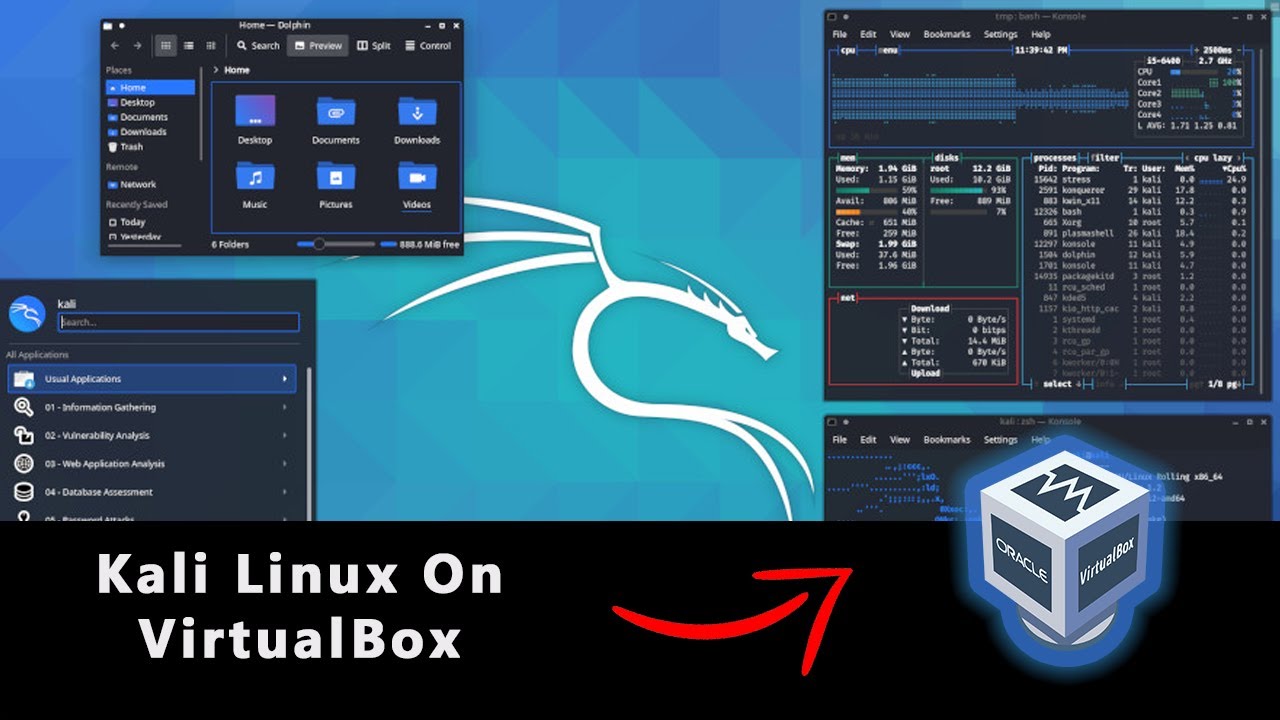


In my screenshot, you can see that OpenSSL is installed (the command is recognized), and it gives you the installed version. If it’s installed, you’ll get something like: The easiest way, is to run the “openssl” command in a terminal: Grab your free PDF file with all the commands you need to know on Linux!ĭownload it now Check if OpenSSL is already installedĪs mentioned earlier, OpenSSL is generally installed by default, so the first thing you can do is check if this is the case on your system. You can do this in a terminal or via SSH by typing: You should also run a system update, to at least sync your local cache with the latest packages available on the repository. We’ll have to download the OpenSSL package from the Internet, so the internet is mandatory. System requirementsīefore going any further, make sure your Linux system is up and running, and connected to the Internet. Let me explain how to install it if this is not the case on your system. It’s part of the essential packages installed before the first boot. How to install OpenSSL on LinuxĪs a general rule, OpenSSL is already installed on any new Linux distribution. It is required for basic web navigation and system updates, so a fresh Linux installation comes with it most of the time, and there is nothing to do.ĭon’t worry, I’ll explain how to check if it’s already installed (and if it’s up-to-date), install it if needed and use the basic command lines. In most cases, OpenSSL is installed by default on all Linux distributions. In this article, we’ll take a closer look at installing and using it on Linux. Most websites are accessed via HTTPS (with the lock icon), so OpenSSL is working in the background all the time, even if you don’t know it.

OpenSSL is almost a mandatory package on any computer these days.


 0 kommentar(er)
0 kommentar(er)
